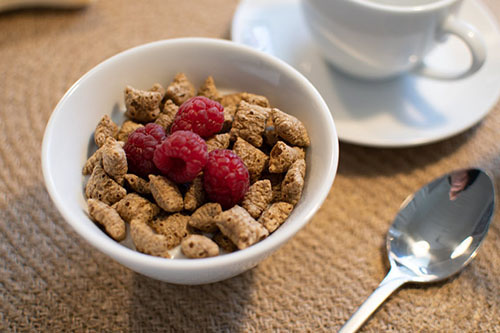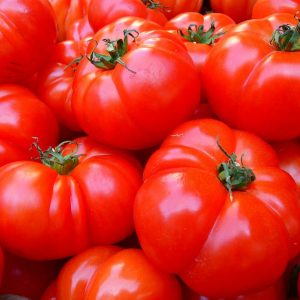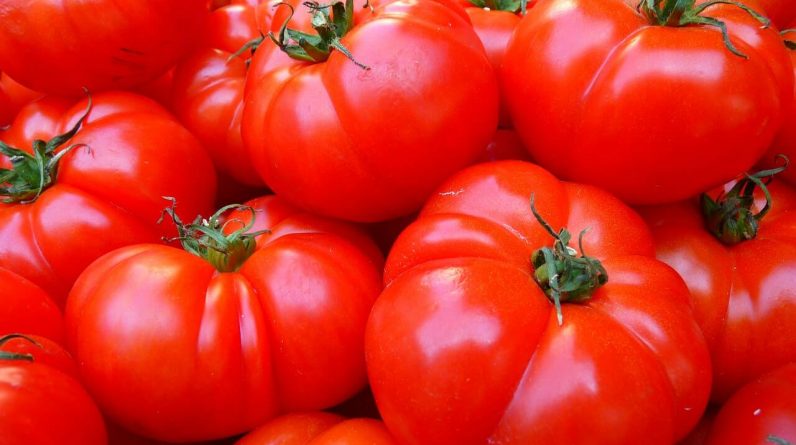
An article published on health.com sure seems to believe this is the case. According to this article there are more than a few similarities between the 5 areas in the world where people live the longest.

These regions are referred to as ‘Blue Zones'. These areas have a much higher than average people over the age of 90 and higher. Furthermore, they have low rates of chronic diseases such as diabetes, heart disease, cancer, and obesity.
The regions are:
- Okinawa, Japan
- Sardinia, Italy
- Nicoya, Costa Rica
- Ikaria, Greece
- Loma Linda, California
Despite being in very different parts of the world, people in these areas share certain lifestyle characteristics, such as the consumption of similar types of food. Regardless of where you live, here are some tips for adopting their longevity habits.
A 95% Vegetarian Diet
Eighty percent of these Blue Zone residents have a diet that is mostly plant based (95% vegetarian to be exact). While they do consume meat products, they do so no more than once or twice a week. Meat is usually reserved for special occasions.
In addition to vegetables, such as beans, lentils, peas, and chickpeas, these people also eat fruit, whole grains, nuts, and seeds. The Blue Zone Diet consists of two ounces of nuts and half an ounce of cooked beans on a daily basis. A focus is also placed on nutrient-dense whole foods rather than processed foods. As you can imagine, fast foods are a definite no-go.
What can we learn from this? It may not be as difficult as it might seem to adopt a ‘Blue Zone Diet'. A few simple adjustments is all it would take to make this diet work in your favor. Swapping out meat for chili, soup, stew or a Mexican bowl is all it takes. Your snacking habits will also need little nudge in the right direction. Simply swap out processed snacks for more healthy fruits. Dried organic fruit would make an excellent substitute.
What About Drinks?
As for their drinking habits, people in the Blue Zone Diet areas consume mostly natural beverages. These include water of course, but also coffee, tea and even one to three glasses of red wine. Tea in particular is consumed on a daily basis. If you replace soda drinks for water, unsweetened tea or a small glass of red wine with your meal, you'd be well on your way to a healthier lifestyle.
Consuming Less Dairy and Eggs
According to the Blue Zone Diet report in four of the Blue Zone areas cow milk is limited and in two areas (Ikaria and Sardinia) cow milk is substituted for goat and sheep milk dairy products. Another interesting observation was that people in all the Blue Zone Diet areas eat eggs about 2 to 4 time a week. In most cases no more than 1 egg per meal. So obviously eggs are not used as the main source of protein.
What we can learn from their consumption of dairy products and eggs, is that substituting these for plant based products may be a better alternative. Eggs could be consumed as a treat or accent to a meal and as far as it goes for diary products, nut-based cheese may be a better alternative for longevity.
Limiting Fish Consumption
The researchers discovered that people living in Blue Zone areas consume no more than 3 smaller servings of fish per week. Another interesting thing to note is that they do not eat large commercial fish, like tuna, swordfish etc. Instead they prefer smaller fish like sardines, anchovies, cod and the like. These are fish that are not exposed to high levels on contaminants like, mercury and other toxic chemicals.
What we can learn from this is, if you do eat fish, you are better off eating smaller fish. A great place to find the right type of fish would be the Environmental Working Groups seafood guide. On the ewg.org website, you simply fill out your weight, age, gender and whether you have heart disease or not, and the website will recommend the appropriate type(s) of fish for you. Three ounces of fish, up to three times a week, is what is recommended.
Restrict Sugar Intake
While most of us would agree we consume too much sugar, we just don't do it. So it might be interesting to know that the people who end up living the longest consume only about 20% of what the average American adult consumes. This amount of sugar intake is in line with recommendations from the American Heart Association. This is not to say that they shun all sugary foods all the time. Nothing of the sort. They do consume sugar, but more as a treat than out of habit.
The basic point we're trying to make here is that eating more whole, unprocessed foods is a better overall option to maintain your health. The longevity of the Blue Zone area residents attests to that.
Abstain From Overeating
Blue Zone residents tend to stop eating once they are 80% full. These people also tend to abstain from fast-food outlets, focusing mostly on home cooked meals instead. An important side note is that breakfast, for most anyway, tends to be the largest meal of the day. Dinner however, contrary to the general rule, tends to be the smallest meal of the day.
Eating most of your daily food intake in the morning, when you are most active, may also help you lose a little weight. A typical breakfast might be like a scramble made with veggies, beans, and avocado, with a side of fresh fruit, and then a lighter dinner, like a salad dressed with an extra virgin olive oil vinaigrette and cup of lentil soup.




